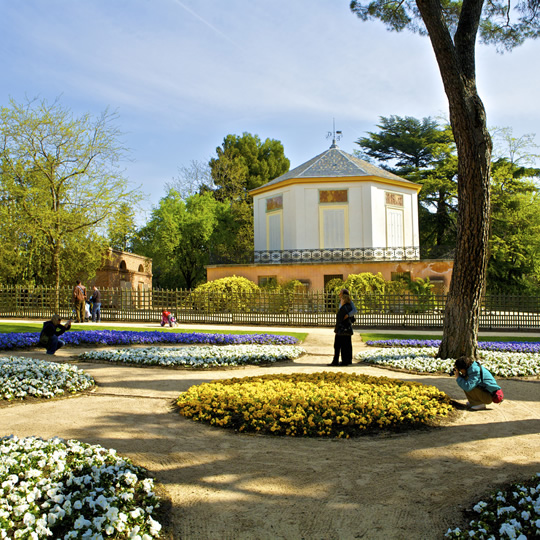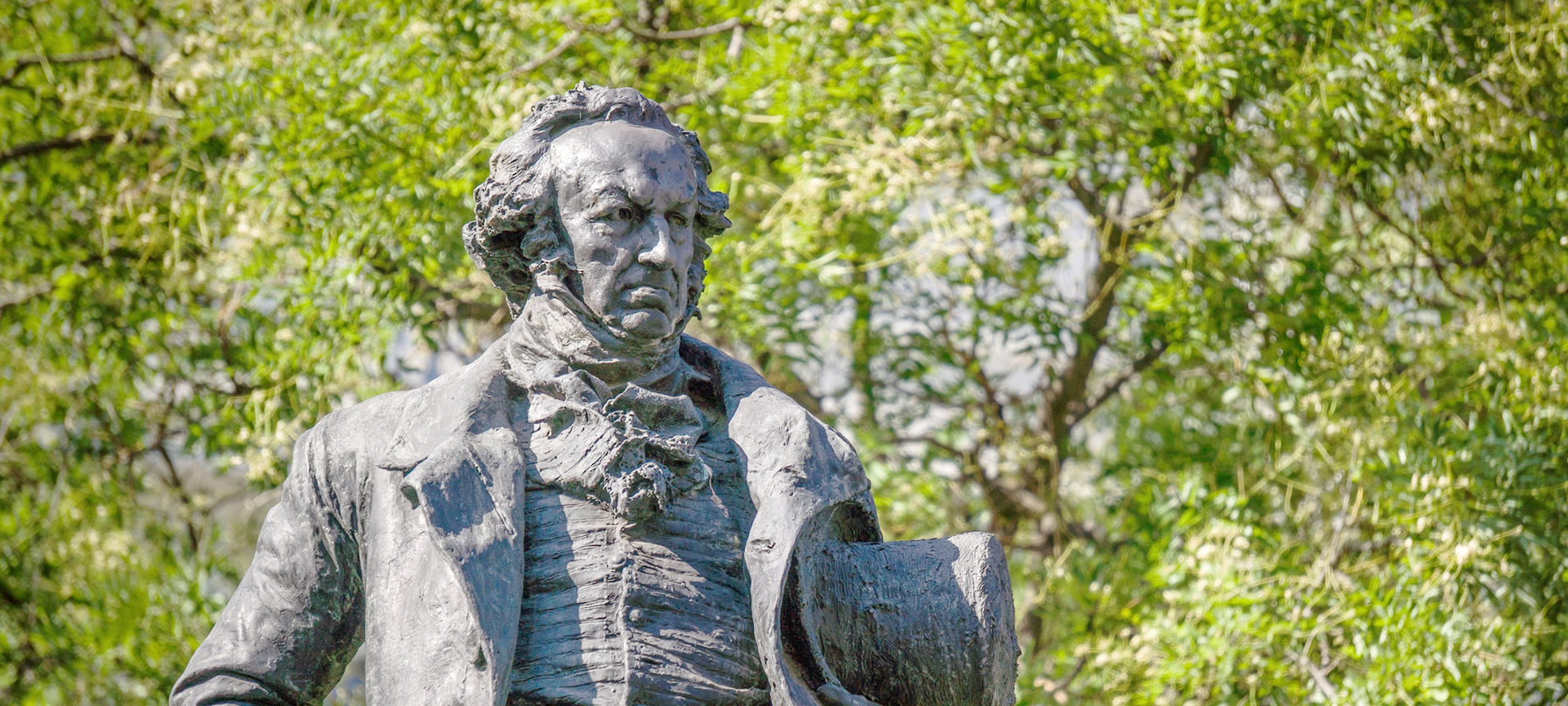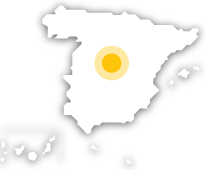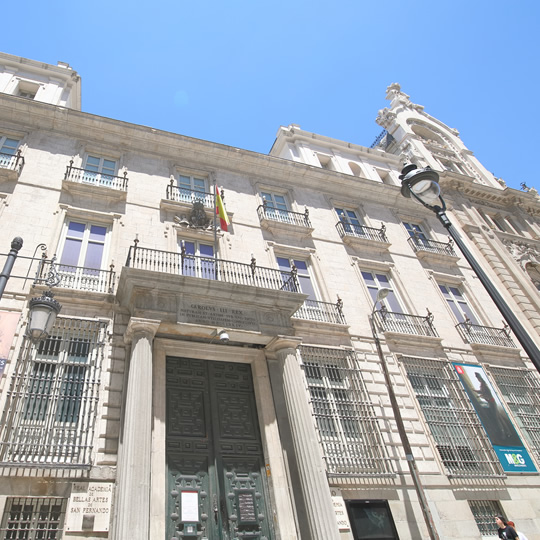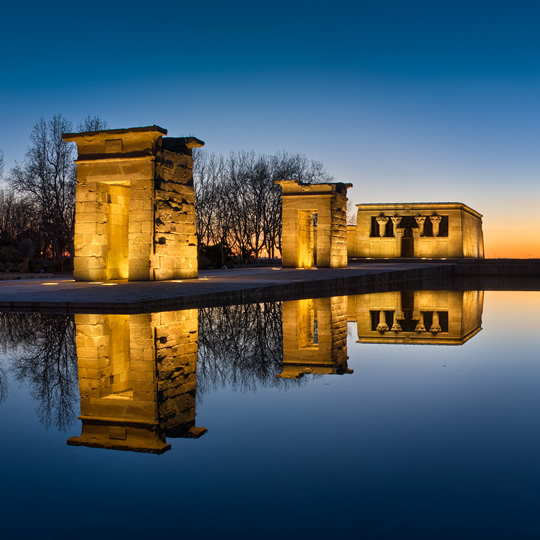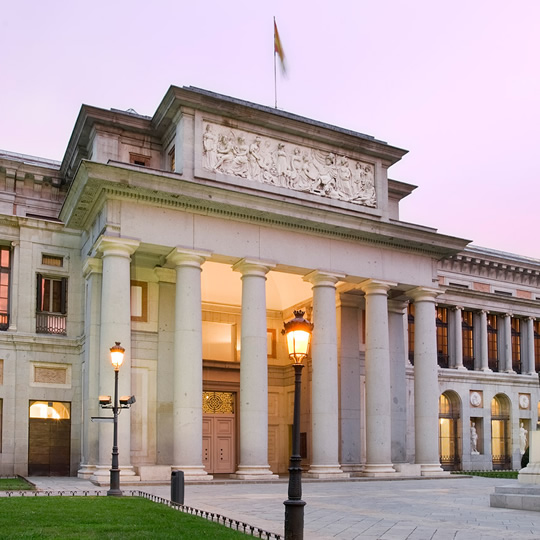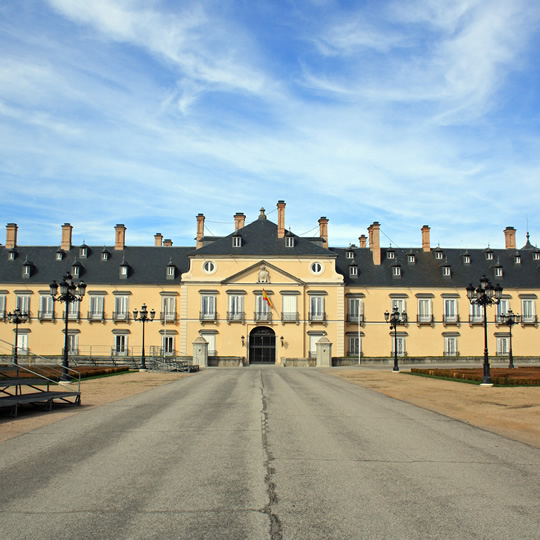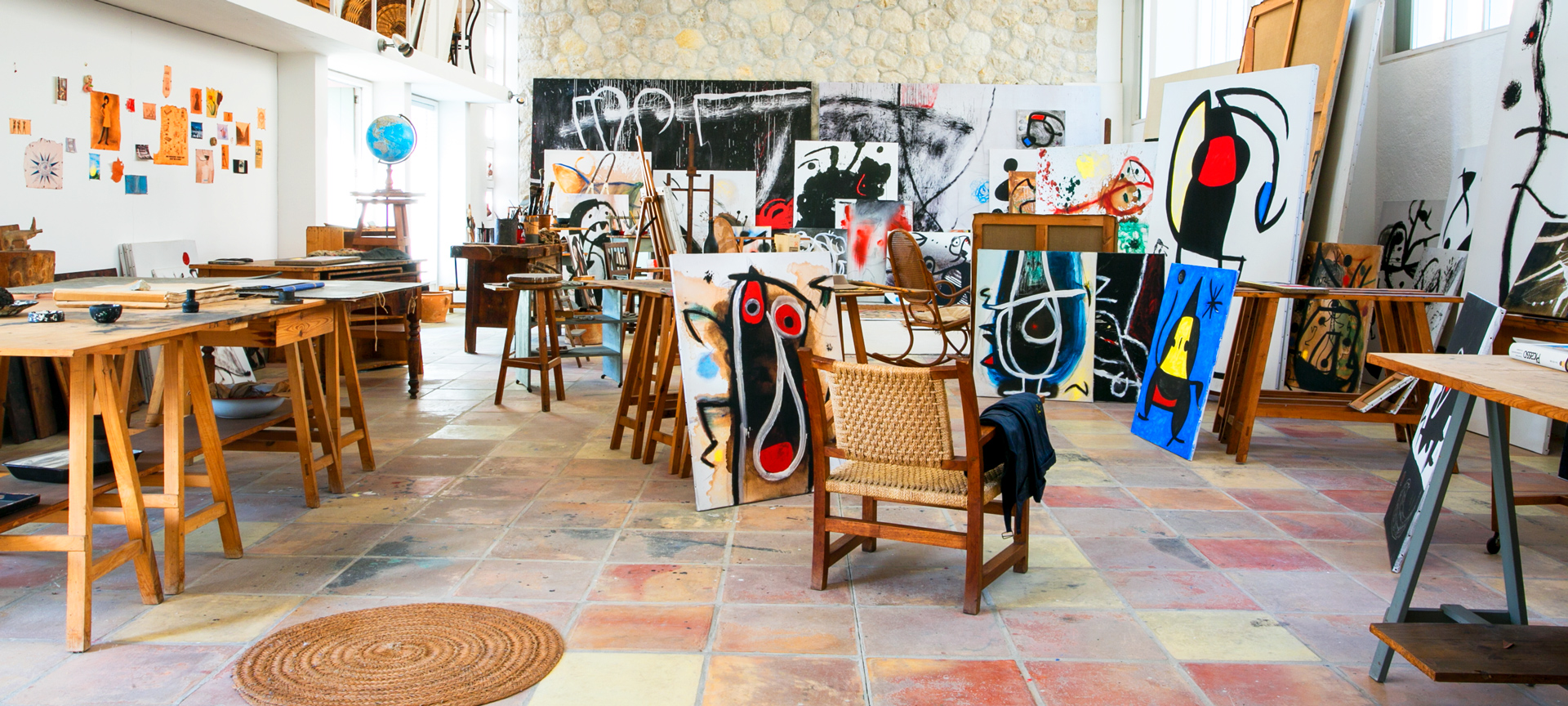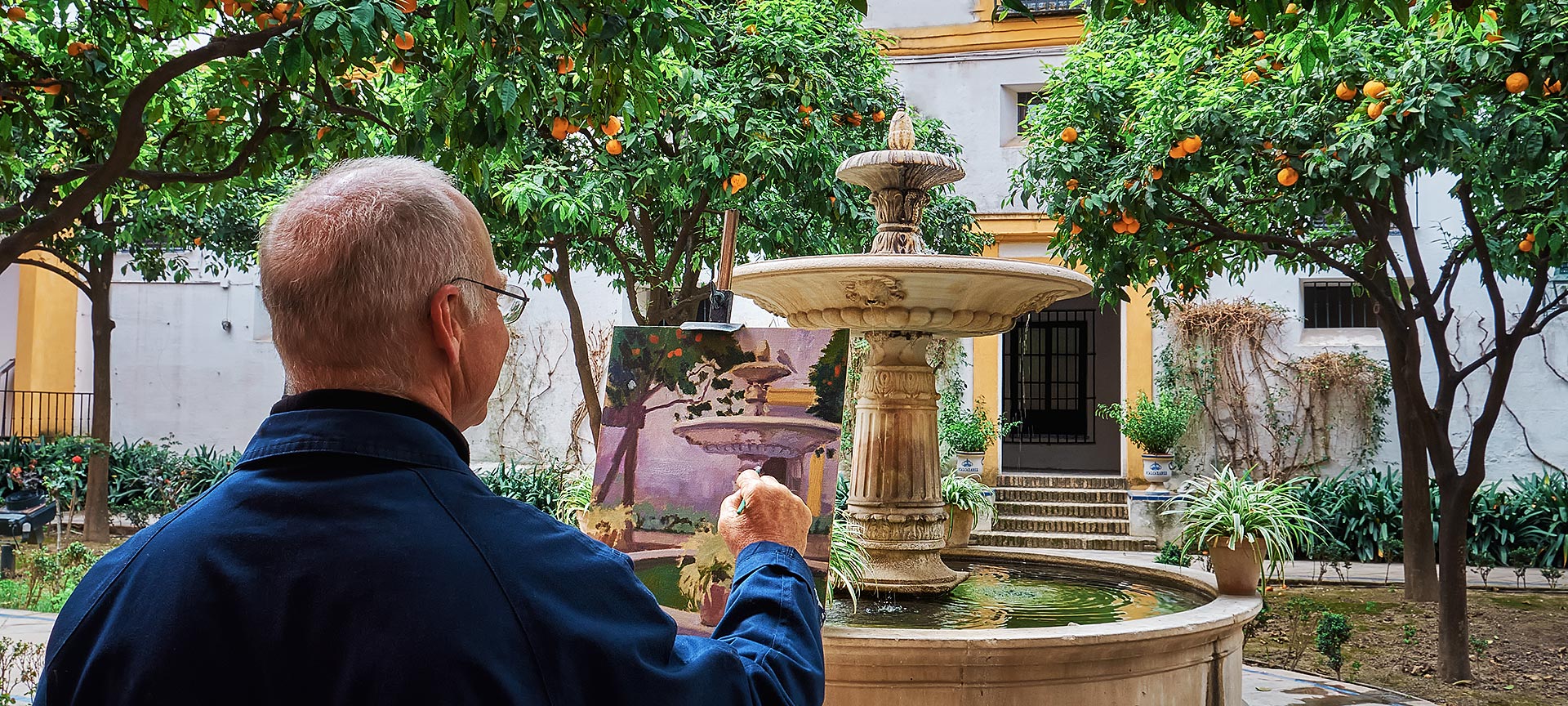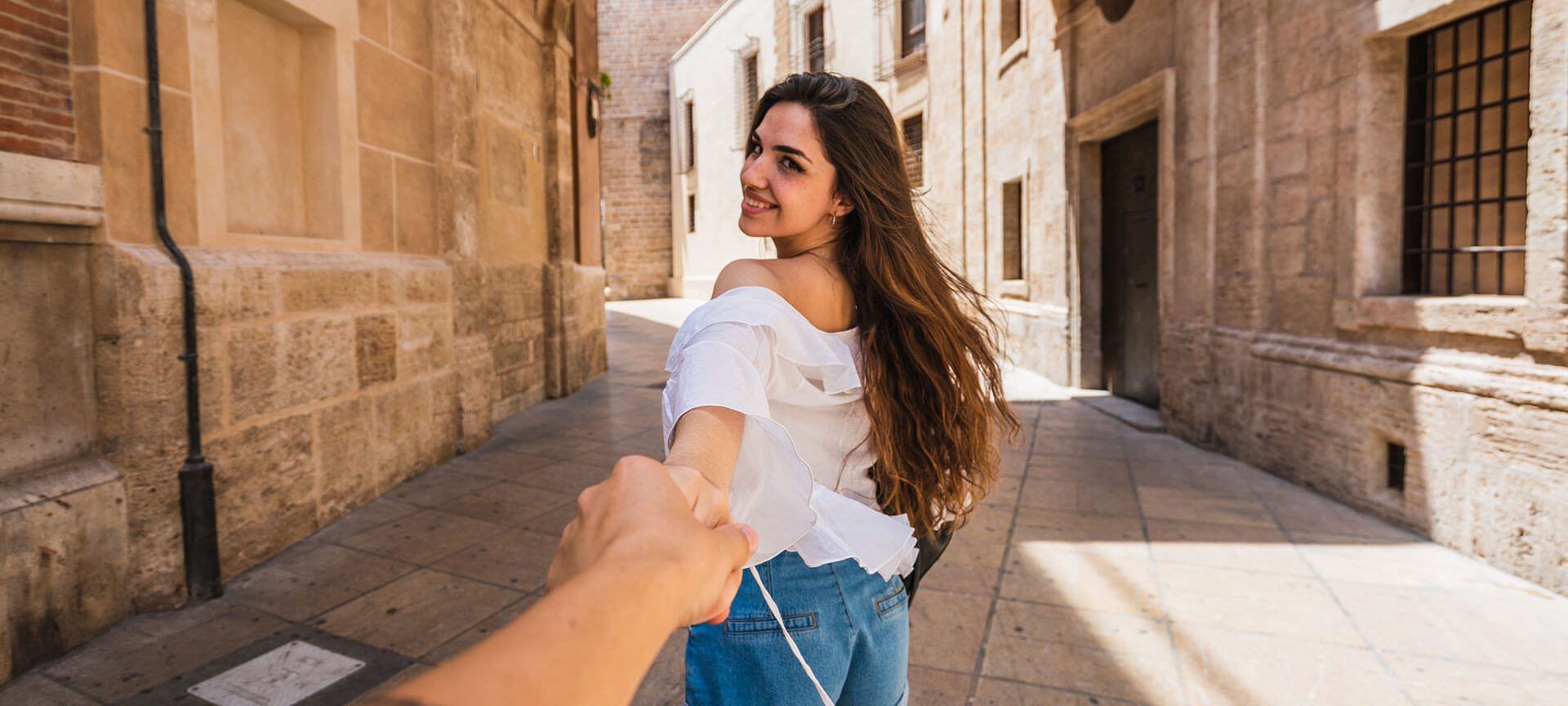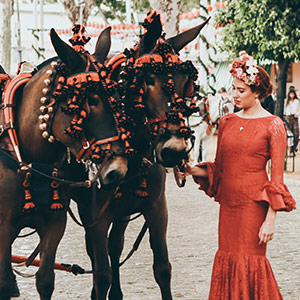Settings in Madrid linked to Goya's life
The Aragonese painter arrived in Madrid in 1775 as a cartoonist in the Royal Tapestry Factory, where he worked for 12 years. Today, carpets and tapestries continue to be produced and restored from this unique place. You can book a guided tour, which takes you to the historic tapestry and carpet manufacturing workshops where you can admire their craftsmanship.During his stay in Madrid, Goya portrayed representatives of the nobility and important authors of the Enlightenment. In order to imagine the atmosphere of the time you can go to the El Capricho Park (in Alameda de Osuna, on the outskirts of the city), a charming recreational villa with beautiful gardens that were a meeting point for many enlightened people in the 18th century, including Goya.
